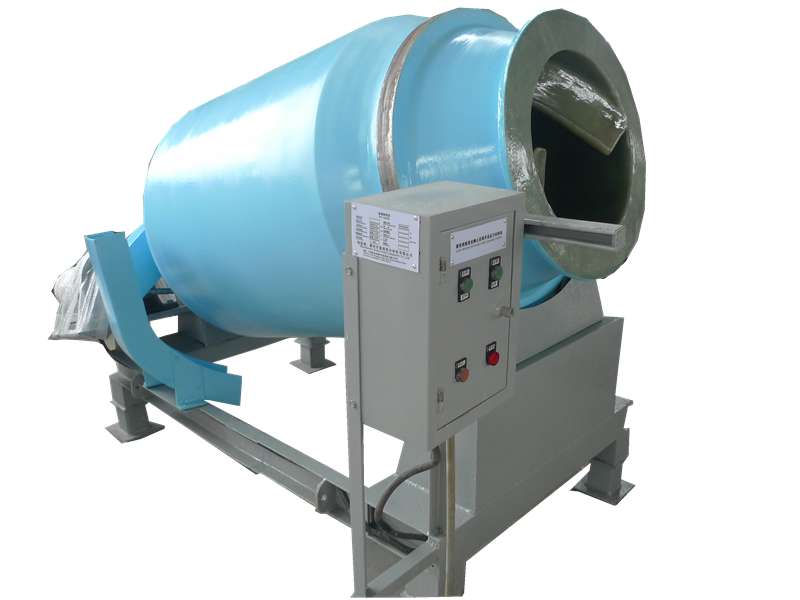
-
 Afrikaans
Afrikaans -
 Albanian
Albanian -
 Amharic
Amharic -
 Arabic
Arabic -
 Armenian
Armenian -
 Azerbaijani
Azerbaijani -
 Basque
Basque -
 Belarusian
Belarusian -
 Bengali
Bengali -
 Bosnian
Bosnian -
 Bulgarian
Bulgarian -
 Catalan
Catalan -
 Cebuano
Cebuano -
 China
China -
 China (Taiwan)
China (Taiwan) -
 Corsican
Corsican -
 Croatian
Croatian -
 Czech
Czech -
 Danish
Danish -
 Dutch
Dutch -
 English
English -
 Esperanto
Esperanto -
 Estonian
Estonian -
 Finnish
Finnish -
 French
French -
 Frisian
Frisian -
 Galician
Galician -
 Georgian
Georgian -
 German
German -
 Greek
Greek -
 Gujarati
Gujarati -
 Haitian Creole
Haitian Creole -
 hausa
hausa -
 hawaiian
hawaiian -
 Hebrew
Hebrew -
 Hindi
Hindi -
 Miao
Miao -
 Hungarian
Hungarian -
 Icelandic
Icelandic -
 igbo
igbo -
 Indonesian
Indonesian -
 irish
irish -
 Italian
Italian -
 Japanese
Japanese -
 Javanese
Javanese -
 Kannada
Kannada -
 kazakh
kazakh -
 Khmer
Khmer -
 Rwandese
Rwandese -
 Korean
Korean -
 Kurdish
Kurdish -
 Kyrgyz
Kyrgyz -
 Lao
Lao -
 Latin
Latin -
 Latvian
Latvian -
 Lithuanian
Lithuanian -
 Luxembourgish
Luxembourgish -
 Macedonian
Macedonian -
 Malgashi
Malgashi -
 Malay
Malay -
 Malayalam
Malayalam -
 Maltese
Maltese -
 Maori
Maori -
 Marathi
Marathi -
 Mongolian
Mongolian -
 Myanmar
Myanmar -
 Nepali
Nepali -
 Norwegian
Norwegian -
 Norwegian
Norwegian -
 Occitan
Occitan -
 Pashto
Pashto -
 Persian
Persian -
 Polish
Polish -
 Portuguese
Portuguese -
 Punjabi
Punjabi -
 Romanian
Romanian -
 Russian
Russian -
 Samoan
Samoan -
 Scottish Gaelic
Scottish Gaelic -
 Serbian
Serbian -
 Sesotho
Sesotho -
 Shona
Shona -
 Sindhi
Sindhi -
 Sinhala
Sinhala -
 Slovak
Slovak -
 Slovenian
Slovenian -
 Somali
Somali -
 Spanish
Spanish -
 Sundanese
Sundanese -
 Swahili
Swahili -
 Swedish
Swedish -
 Tagalog
Tagalog -
 Tajik
Tajik -
 Tamil
Tamil -
 Tatar
Tatar -
 Telugu
Telugu -
 Thai
Thai -
 Turkish
Turkish -
 Turkmen
Turkmen -
 Ukrainian
Ukrainian -
 Urdu
Urdu -
 Uighur
Uighur -
 Uzbek
Uzbek -
 Vietnamese
Vietnamese -
 Welsh
Welsh -
 Bantu
Bantu -
 Yiddish
Yiddish -
 Yoruba
Yoruba -
 Zulu
Zulu
Techniques and Strategies for Effective Rock Bit Insertion and Performance Optimization
Inserting Rock Bits Techniques and Strategies for Efficiency
In the realm of drilling operations, the selection and efficient insertion of rock bits are critical components that can significantly influence the productivity and cost-effectiveness of geological exploration and extraction. Rock bits, specifically designed tools used to penetrate the earth’s crust, come in various types and sizes, tailored to meet the challenges posed by different geological formations. Achieving efficiency in inserting rock bits not only optimizes drilling performance but also enhances the overall success of an operation. This article explores various techniques and strategies that can be employed to maximize efficiency during the process of inserting rock bits.
Understanding Rock Bits
Before delving into efficient insertion techniques, it is essential to understand the types of rock bits available. The most common types include roller cone bits, fixed-cutter bits, and diamond bits. Each type has its specifications suited for different drilling environments. For instance, roller cone bits are versatile and perform well in various formations, while diamond bits are preferred for hard, abrasive rocks. The choice of rock bit significantly impacts not only penetration rates but also the wear and tear on the drilling equipment.
Pre-Drilling Preparations
One of the primary strategies for efficient insertion of rock bits begins with thorough pre-drilling preparations. This involves conducting geological surveys to ascertain the type of rock and its characteristics. Comprehensive analysis helps in selecting the appropriate rock bit and establishing the optimal drilling parameters, such as weight on bit (WOB) and rotational speed. Additionally, ensuring that all equipment is well-maintained and calibrated prior to operation prevents unexpected breakdowns and inefficiencies during the drilling process.
Optimizing Rock Bit Insertion Techniques
The technique employed for inserting rock bits also plays a crucial role in achieving operational efficiency. One effective approach is to maintain a steady and consistent drilling speed. Rapid changes in speed can lead to vibrations, which may compromise the integrity of the bit and the borehole. Implementing a gradual increase in weight on the bit allows for improved penetration rates while minimizing damage.
inserting rock bits techniques and strategies for efficient

Furthermore, utilizing advanced drilling technologies such as Automated Drilling Systems (ADS) can greatly enhance efficiency. These systems incorporate real-time data analysis to adjust drilling parameters dynamically, ensuring optimal performance throughout the drilling process. The integration of sensors and machine learning algorithms allows for predictive maintenance, enabling operators to foresee potential failures before they occur.
Monitoring and Immediate Adjustments
During the drilling process, constant monitoring of performance metrics is essential. By tracking parameters such as torque, RPM, and penetration rate, operators can identify deviations from the expected performance. Timely adjustments to the drilling parameters based on real-time data can prevent excessive bit wear and enhance penetration efficiency. Moreover, using telemetry systems to communicate data back to the surface allows for immediate decision-making, which can further streamline operations.
Post-Drilling Assessment
After the drilling operation, a thorough assessment of the rock bits used is vital. Analyzing the wear patterns can provide insights into the efficiency of the bit and the effectiveness of the selected parameters. Understanding the life span of rock bits can facilitate better planning for future operations, including the potential for reusing bits wherever feasible. This not only enhances operational efficiency but also reduces costs associated with new bit procurement.
Conclusion
Inserting rock bits efficiently is a multifaceted process that requires careful planning, precise execution, and continuous monitoring. By understanding the characteristics of rock bits, optimizing insertion techniques, and leveraging advanced drilling technologies, operators can significantly enhance their drilling operations. Ultimately, the success of any drilling project hinges on the effective management of rock bit insertion, making it a critical component in the quest for resource extraction and geological exploration.









